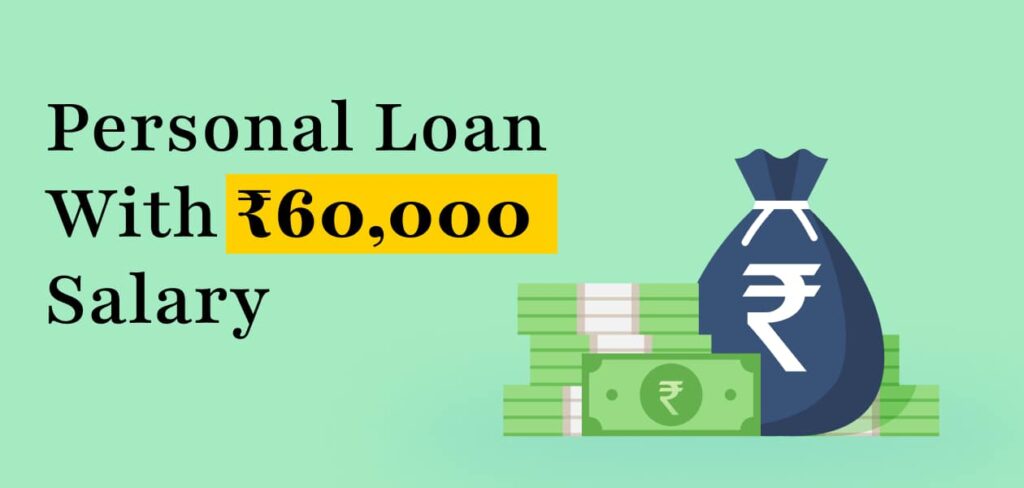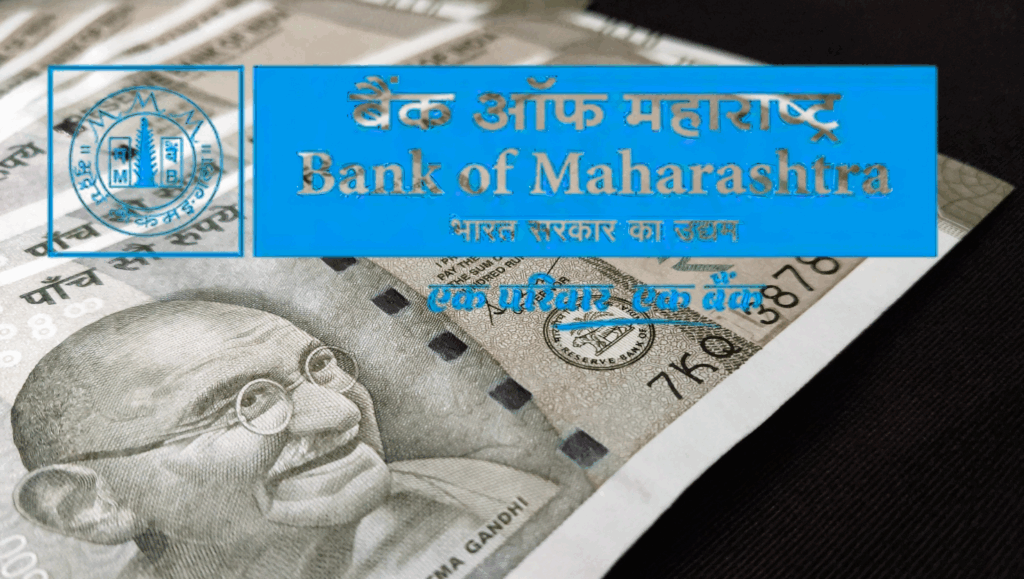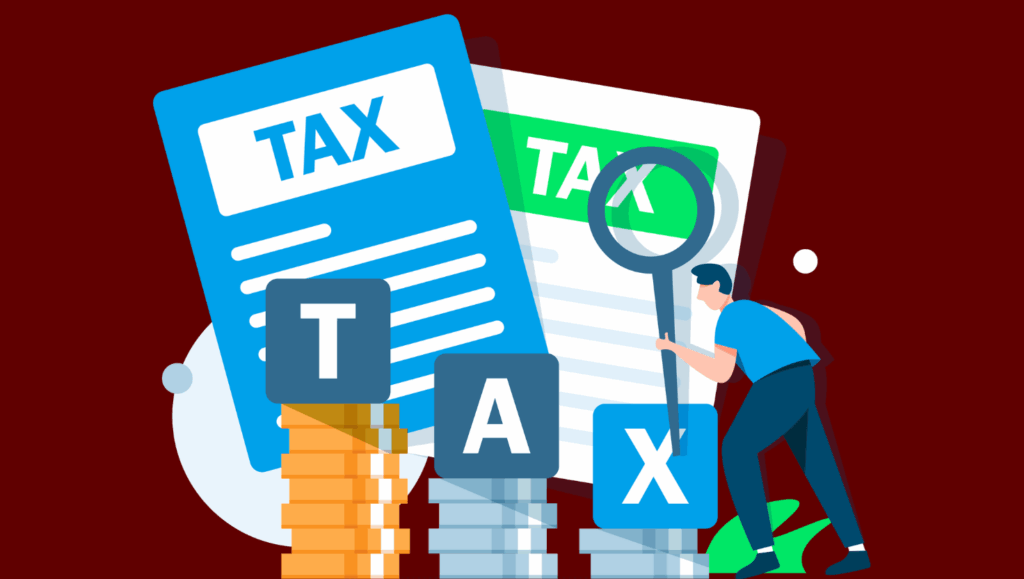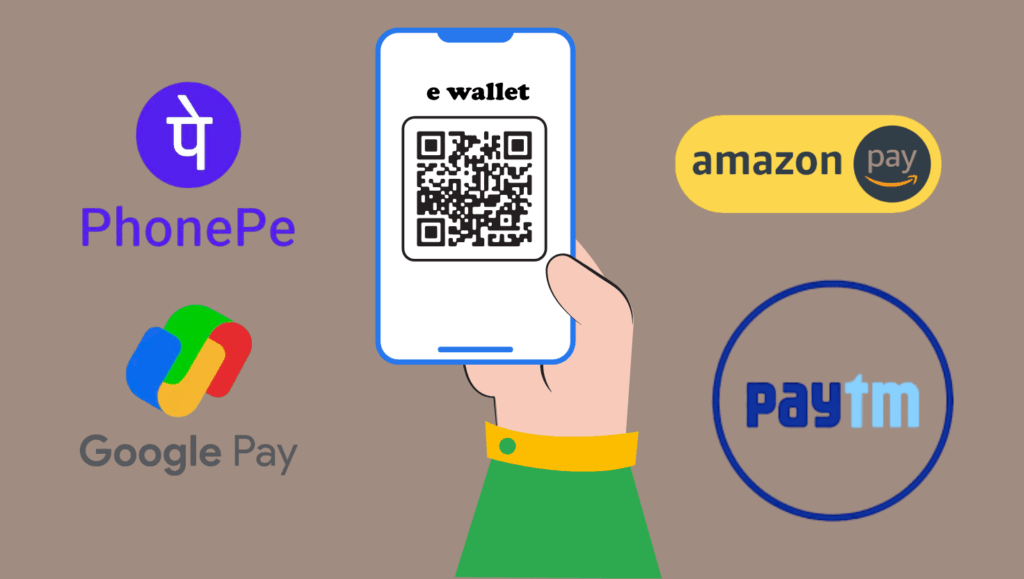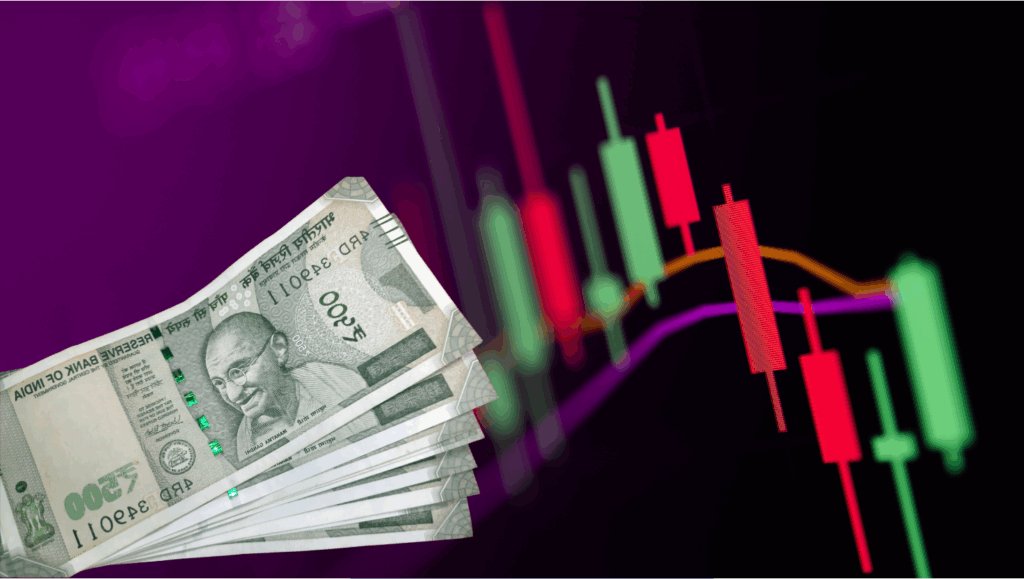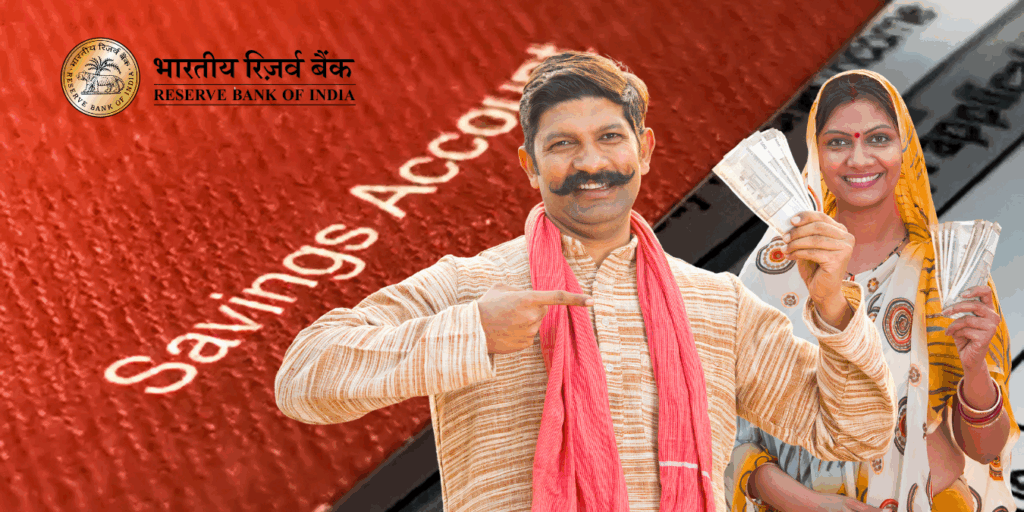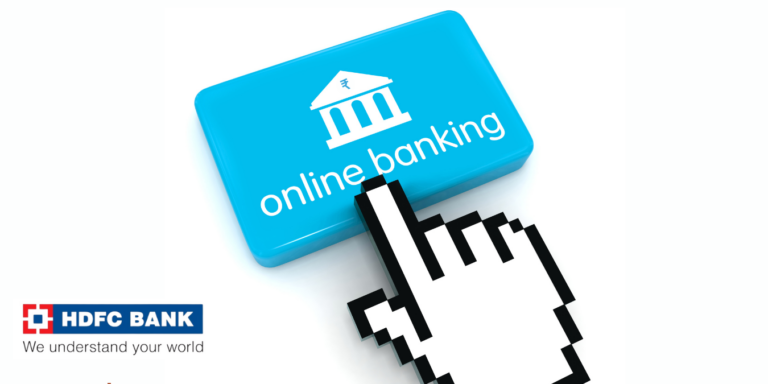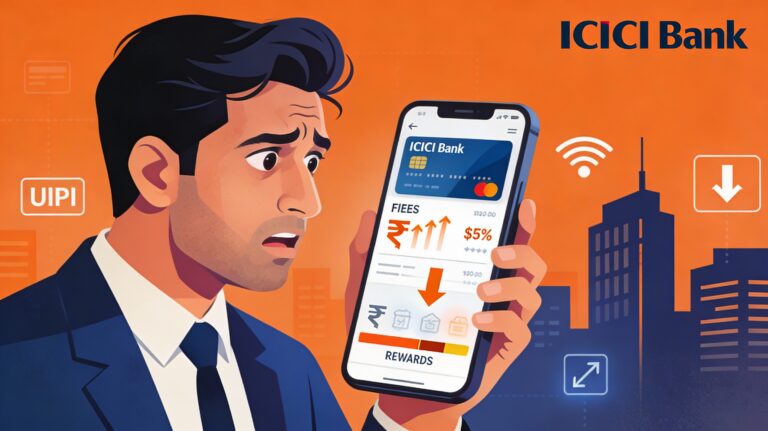
Why UPI Fees Won’t Hit You This Year But Could Change the Future
UPI’s free-for-all era—over? RBI Governor’s bombshell October 2025 reveal: No charges incoming, despite a gut-wrenching 78% subsidy slash that’s left banks reeling. But wait—his cryptic nod to “hidden costs” whispers of a ticking clock. Will your next scan sting with fees, or is India’s digital lifeline safe? Unpack the shocking subsidy scandal, explosive growth stats, and rule tweaks that could flip the script. Dive in before the zero-cost dream turns pricey—your wallet’s future hangs in the balance.
Unified Payments Interface (UPI) is hands down India’s most popular and trusted digital payments method, offering customers instant, free, and seamless transactions right from their mobiles. But lately, a wave of speculation and nerves has rippled through millions of users across the country thanks to some cryptic statements about possible UPI charges. Could the freedom of zero-cost payments suddenly end? Or is this just a case of misunderstanding?
RBI Governor Sanjay Malhotra stepped forward in late September 2025 with a clear, no-nonsense clarification: For now, there is no plan to impose any charges on UPI transactions. His message was loud and crystal clear — UPI remains a zero-cost platform to encourage adoption and digital inclusion across India’s vast financial landscape. Let’s decode the full story, key facts, and what this means for every user and merchant in India’s digital economy.
The Buzz That Started It All: From Whispers to Nationwide Panic
Earlier this year and again in recent months, Governor Malhotra was quoted acknowledging the huge operational costs behind running the UPI system. In his words, “there are costs, and those need to be paid by someone.” However, he stressed that it was never a direct announcement of imminent transaction fees but an honest comment about sustainability of the model.
That sparked questions in the public domain and media—would ordinary users or merchants soon be charged for what many consider a smart and free method to transfer money instantly? The answer, as the Governor emphasized in his latest press briefing, is that there is no such proposal under consideration at the Reserve Bank of India or the government currently.
The real spark? A mid-year report from a leading financial think tank, hinting at “unsustainable zero-fee models” in global fintech. Suddenly, UPI—India’s digital darling—felt vulnerable. By late September, Google Trends showed “UPI charges” spiking 300% nationwide. Enter the Governor’s October mic-drop: No fees, folks. Just pure reassurance.
Free UPI Payments Truly Everlasting
Is the era of free UPI payments truly everlasting? The RBI governor’s recent clarifications bring sweet relief but also tease the hidden challenges of propping up a zero-cost behemoth handling billions of taps. What if the bill lands on your doorstep tomorrow? Could a sneaky policy pivot flip UPI from free-for-all to fee-fest, derailing India’s cashless dream? Unpack the jaw-dropping details, from subsidy scandals to growth gospels, and arm yourself with the secret intel every user needs—before your next scan stings.
Why Is There Talk About UPI Charges? Unpacking the Subsidy Drama
At the heart of this frenzy lies cold, hard numbers—and a shocking subsidy nosedive that’s left experts scratching heads. UPI isn’t just an app; it’s a national lifeline, processing over 15 billion transactions monthly by mid-2025. But who foots the bill for this beast?
Flashback to FY 2024: The government pumped in a hefty ₹3,631 crore to keep UPI’s gears oiled. This cash greased the wheels for banks like HDFC and SBI, covering everything from fraud detection algorithms to rural outreach drives. Fast-forward to FY 2025: Allocation dipped to ₹2,000 crore, but only ₹667 crore actually flowed— a mere third. Ouch.
Now, for FY 2026? Budget docs from the July 2025 Union Budget reveal a gut-punch: Just ₹437 crore allocated. That’s a 78% plunge from last year, per Finance Ministry filings. Why the slash? Fiscal tightening amid post-pandemic recovery, whispers of reallocating funds to green energy, and a push for “self-sustaining fintech.” Critics like economist Raghuram Rajan (in a September 2025 op-ed) called it “short-sighted,” arguing it risks stalling UPI’s rural boom.
The key reason behind speculation is the dramatic cut in government subsidy for UPI operations:
- In FY 2024, the subsidy allocation was ₹3,631 crore.
- In FY 2025, this dropped sharply to ₹2,000 crore but only a third of it was actually released.
- For FY 2026, the budgeted subsidy stands at a significantly reduced ₹437 crore—down a whopping 78% from the previous year.
UPI operates on a model where the government has been footing much of the bill to keep the interface free for all users and merchants. This subsidy supports banks and payment service providers who bear the cost of infrastructure, security, and processing. The cutback has led to worries whether banks will attempt to recover costs by introducing UPI transaction fees.
What RBI Governor Malhotra Clarified in October 2025
During the post-monetary policy press conference in late September, Governor Malhotra provided unequivocal reassurance:
- No proposal exists to charge users or merchants for UPI transactions now or in the immediate future.
- UPI payments will continue to be free under current RBI and government policy.
- The government remains committed to promoting digital payments and financial inclusion through zero-cost tools like UPI.
- While sustainability of the platform requires costs to be borne, it is not essential that users foot the bill—it could be collectively or otherwise.
- RBI and government will continue examining long-term models for UPI sustainability but with no change in fees now.
His statement was immediate relief for millions of users and businesses reliant on UPI for day-to-day transactions and confirmed the current model’s standing as the world’s largest real-time payment platform.
Dig deeper, and his words reveal nuance. Yes, costs exist—₹5,000 crore annually in infra alone, per NPCI estimates. But "sustainability doesn't mean users pay," he clarifies. Options? Pooled bank contributions, ad revenues from UPI apps, or even global partnerships like the 2025 G20 fintech pact. No immediate shifts, though. For users glued to PhonePe or Google Pay, it's business as usual. Malhotra's briefing, streamed live on YouTube, racked up 2 million views in 24 hours—proof this hits home.
The Reality: UPI Growth and Impact in 2025
UPI transactions reached unprecedented heights in 2025:
- In August 2025 alone, UPI crossed 20 billion transactions—a 34% year-on-year increase in volume.
- The platform accounts for nearly 80% of India’s retail digital payments market.
- Widespread acceptance across urban and rural areas has digitally empowered millions of Indians, bringing unbanked people into the financial fold.
- Supported by smartphones, growing internet penetration, and a zero-cost transaction model, UPI has become the secret weapon fueling India’s digital economy surge.
Important Recent Changes in UPI Rules (August-October 2025): Smarter, Not Costlier
Fees? Nah. But 2025's UPI tweaks are game-changers for speed and safety. Rolled out in August via NPCI circulars, these aren't hurdles—they're upgrades.
- Balance Checks Capped at 50/Day: Ever refreshed your app obsessively? This limit eases server strain, cutting downtime by 20%, per RBI pilots. Pro tip: Batch-checks save sanity.
- Account Views Limited to 25/Day: Across apps, this curbs data overload. Why? A September cyber scare exposed weak query floods as hack vectors.
- Autopay with Smart Retries: Now, failed mandates retry off-peak—think 2 AM slots. Result? 15% fewer bounces for EMI payers, as seen in HDFC's Q3 data.
- Peak-Hour Traffic Guards: 10 AM-2 PM surges? Monitored throttles prevent crashes, ensuring 99.9% uptime.
Real example: During Diwali prep in October, Mumbai's street-food circuit handled 2x volume without a hitch, thanks to these. Users report snappier apps; a Reddit thread (r/IndiaInvestments) buzzes with "UPI's faster than ever!" No costs added—just pure efficiency.
Who Could Pay If Charges Were Imposed?
If in the future any fees were to be introduced (not currently planned), there are several possibilities for who might bear them:
- The government could extend subsidies again.
- Banks or payment service providers might absorb costs with adjustments elsewhere.
- A small nominal fee could be introduced for very high-value or merchant transactions only.
- Users might bear fees, but only after extensive stakeholder consultation and regulatory process.
However, for the foreseeable future, the best smart advice is to keep using UPI as a free and reliable mode of payment.
What Should Users and Merchants Do Now? Your Actionable Playbook
Panic over? Good. But smart moves keep you ahead. Here's the quick guide:
- Embrace the Free Flow: Scan away—UPI's your zero-fee superpower. Track via NPCI's dashboard for real-time stats.
- Stay Vigilant: Subscribe to RBI's Telegram alerts. October's briefing PDF? Bookmark it.
- Optimize App Habits: Hit those limits? Switch apps mid-day. GPay's "Smart Limits" feature auto-adjusts.
- Big Transactions? Plan Smart: ₹1 lakh cap per bank—split if needed, or use NEFT for bulk.
- Scam-Proof Yourself: Fake "UPI fee waiver" SMS? Delete. Verify via official handles like @RBI on X.
Merchant must-do: Integrate UPI QR across channels. A Delhi boutique owner saw 40% sales lift post-August tweaks. You're not just surviving—you're thriving.
Key Takeaways: Scan and Secure Your UPI Future
- No Fees Now: Governor Malhotra's October 2025 clarification: UPI stays free, no ifs or buts.
- Subsidy Squeeze Fuels Fears: FY 2026's ₹437 crore cut sparked buzz, but policy holds firm.
- Explosive Growth: 20B+ August transactions—UPI owns 80% of India's digital payments.
- Rule Refreshes for Reliability: Caps on checks and retries boost speed, not costs.
- Future-Proofing: Hypothetical fees? Tiered or absorbed—users spared for the long haul.
- Act Now: Use wisely, stay updated, scam-alert—keep UPI as your daily edge.
Final Thought: UPI's Free Ride—Secure, or Just a Tease?
The future of UPI as a zero-cost, seamless payment platform looks secure—for now. While the RBI governor has flagged the need for sustainable cost-sharing, the current reality is reassuring for millions who rely on UPI daily. Is this free ride set to continue indefinitely, or will hidden charges emerge in the future? For now, nobody needs to worry about paying a dime extra for UPI transactions. The central message is crystal clear: UPI payments remain free to use—your trusted digital wallet companion is here to stay without extra costs.
